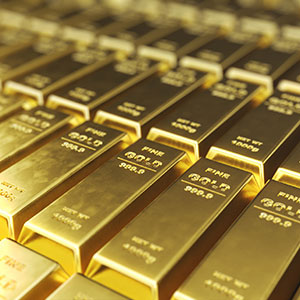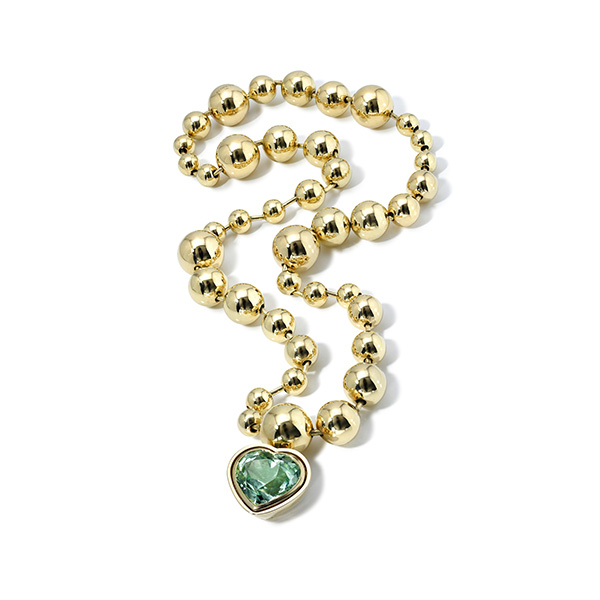
To describe Milton Pedraza, CEO of the Luxury Institute, as someone who has his finger on the pulse of the luxury goods market is only half right: Yes, Pedraza can tell you what’s trending among luxury brands at any given time, but he can also diagnose the issues those brands are encountering and offer up prescriptive solutions.

Looking ahead to 2024, we asked Pedraza, who is based in Boca Raton, Fla., if wealthy consumers are still immune to the swings of the economy. “We’re seeing a little capitulation,” he tells JCK. “They are feeling squeezed.”
Read on to learn Pedraza’s views on what’s wrong with the luxury consumer experience, what artificial intelligence (AI) means to high-end brands, and why jewelry and watches remain a bright spot in an otherwise “tepid” outlook for luxury.
On the breakdown of wealthy consumers—and how they’re feeling about the economy:
The top 5 percent give you 40 percent of sales. The next 15 percent give you 30 percent of sales. And the bottom 80 percent, mostly aspirational consumers, give you 30 percent. The top 5 are absolutely resilient. The stock market is going up, they are in great shape, even luxury real estate is holding up. The top 5 are very solid and they’re in the YOLO, you only live once, phase.
The next group is beginning to feel a little pain. There have been several layoffs in the white-collar job market. There’s enough of an impact, or a fear, of getting laid off, or the futuristic fear of AI replacing you if you’re a lawyer or an accountant. Also, their home values have gone down or they can’t sell their homes for a profit. And adding to that, companies are now requiring you to move back and work on location.
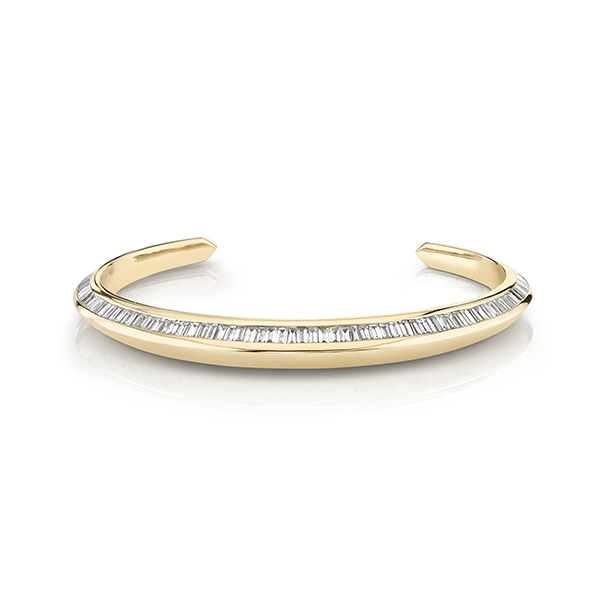
On the outlook for 2024:
A lot of people are feeling trepidation. That 15 percent [of high-net worth individuals], they still have millions, but they’re feeling the pinch and are behaving that way. Not dramatically. I don’t think we’ll see it this Christmas. Everybody is in a mood where we’re going to spend, but I think next year will be a mixed picture. There’s enough downside to take us into what may be a mild recession.
I think we’ll see a tepid year at best. Not all categories and not all brands. It depends on what consumer you serve and in what category. Hermès serves consumers in mostly accessories and they’re iconic. So is Chanel. They’ll be just fine. The chances of my Chanel handbag being worth something will be good. Iconic brands will be the main winners. There will be a long tail of mediocre losers.
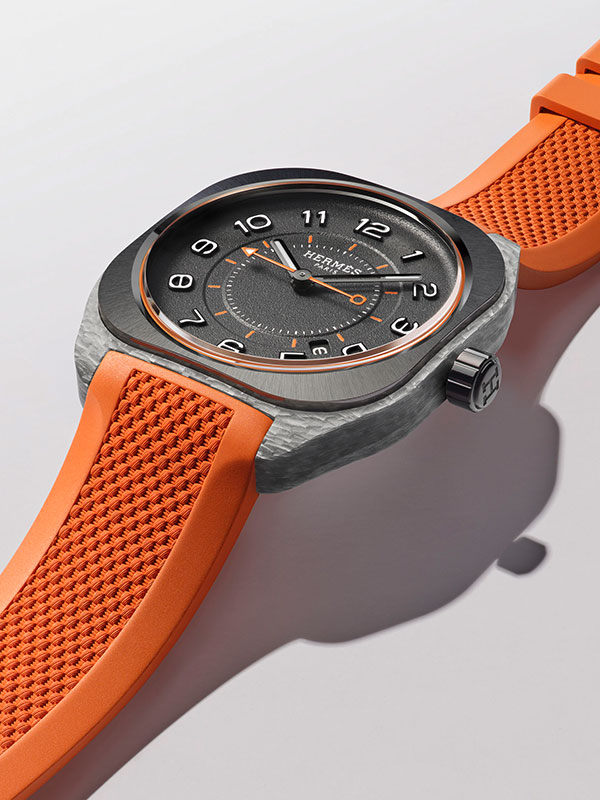
On what’s wrong with the luxury market:
Wealthy consumers are saying, “Hey, I’m bored. What’s new out there?” There’s a lack of innovation across categories.
The customer experience is a disaster. I’ve been up and down Worth Avenue, SoHo, Fifth Avenue, Bal Harbour. I don’t see anything extraordinary. There’s a lot of transactional disengagement. And Saks and Neiman’s don’t even have enough inventory. It’s a challenging moment in the customer experience. That doesn’t inspire loyalty or recommendations. We’re not in a disaster zone but we’re in a rut.
On jewelry as a bright spot:
Why is the jewelry market stronger than other categories? Because it’s an investment. In a world where people are embracing quiet luxury—that’s not new among the ultrawealthy—we see women making statements with their jewelry. I’ve been told that older women try to hide their necks with really nice jewelry, with statement necklaces and earrings. That’s one sort of power statement that hides aging well.
And because they’re dressed a little bit more quiet, just like with men, the watch makes a statement. You have a white shirt, jeans, and you have on a beautiful Audemars Piguet. That makes a statement. Women are doing it with earrings and bracelets. That’s what I’ve heard about the ultrawealthy. It’s a way to juxtapose the quiet luxury with statement jewelry and watches.
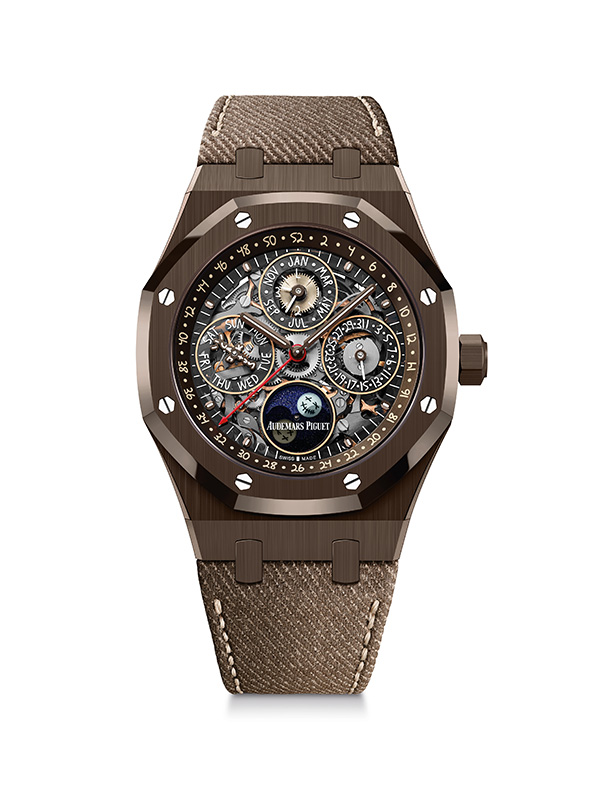
On pricing in the luxury market:
Now watches were crazy—prices went too far. When you see a brand went up 10 percent, that’s not volume, it’s price increases. And you can’t take prices to the stratosphere. Wealthy consumers are very value-conscious and they don’t like to get ripped off. There is that sensitivity that enough is enough. Especially for that second tier of people, the 15 percent that gives you 30 percent of sales—they’re becoming price-sensitive.
The top tier can afford anything on the planet, but give me something new, don’t overprice it, and give me an extraordinary experience, a people experience. Brands are taking the wind out of my desirability with their same-same product that’s nothing new, with pricing that’s way too high, and with their blah experiences. That’s the trifecta bursting the luxury balloon for the ultrawealthy.
On classic luxury brands:
The Van Cleefs, the Cartiers, the Bulgaris—their classics are phenomenal investment pieces. The classics are untouchable. Tiffany as well. Tiffany created a new collection, Schlumberger, and have tried to innovate significantly. LVMH took over the brand, reinvigorated the product, even the display. You could argue the experience is nice, but a little robotic. But that’s being nitpicky.
On how luxury is (or is not) using AI:
Human authenticity and originality still reign supreme. AI will be a cost savings and efficiency tool, but in luxury, human relationships and creativity still matter most. When I’m buying a $55,000 bracelet, do I want to be served by a robot or a human being? I’d bet it’s a human being.
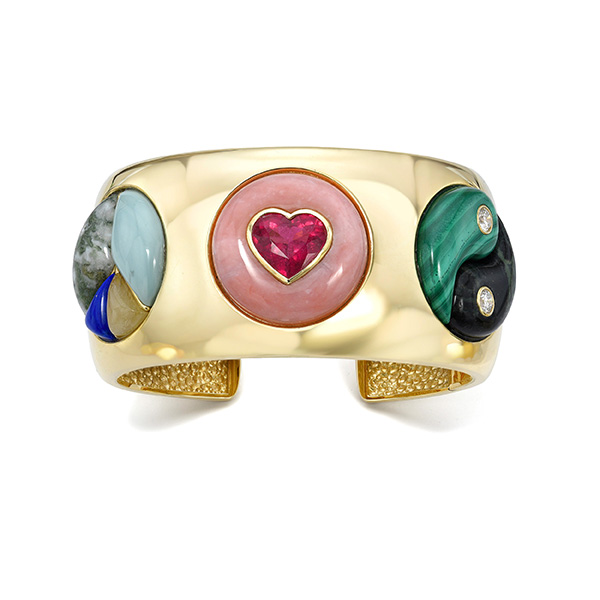
On the macro picture:
There are a lot of threats in the world right now: interest rates, wars, cybersecurity issues. Any one of those can be a black swan that blindsides us and gives luxury a downturn. There’s luck and there’s skill but there are a lot of uncontrollable factors. Look at China. It has a lot of potential shoes to drop: luxury real estate, cybersecurity.
It remains to be seen whether we can stabilize the economy. If you’re a luxury brand, you need to store some nuts for a rainy day. For a little reserve. Being better than your competition—that is your mode in a downturn. Don’t take your clients for granted.
Top: Cascading Domino ball chain necklace in 14k yellow gold with mint tourmaline, $38,610; Retrouvaí
- Subscribe to the JCK News Daily
- Subscribe to the JCK Special Report
- Follow JCK on Instagram: @jckmagazine
- Follow JCK on X: @jckmagazine
- Follow JCK on Facebook: @jckmagazine

